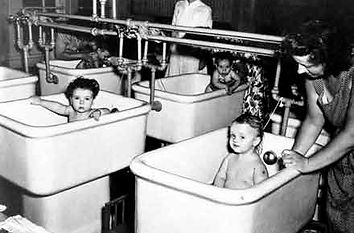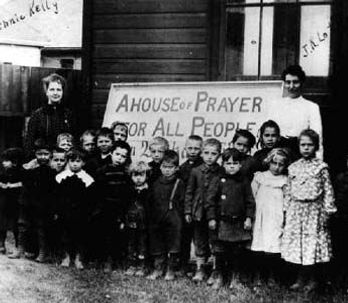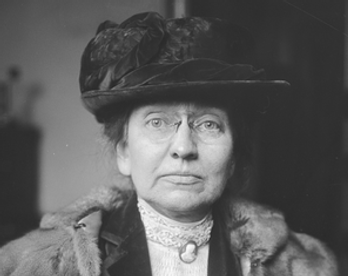
GISW
GLOBAL INSTITUTE OF SOCIAL WORK

Board of Directors and Volunteers at the GISW AGM 2016: Back row (LtoR): Terence Yow, Sim Gim Guan, Tan Ngoh Tiong, David Ong, Vicky Tan, Koh Juat Muay. Front Row: S. Vasoo, Ang Bee Lian, Arthur Tan, Elena Lui, Teo Mui Wan

CSD2015 Conference: Opening Plenary with Keynote Speaker Dr Noeleen Heyzer and Guest of Honour: DPM Tharman Shanmugaratnam

The International Federation of Social Workers is holding a competition to design the 2017 World Social Work Day Poster. The competition is open to anyone including people that use social work services, students, social workers and any one else.

Board of Directors and Volunteers at the GISW AGM 2016: Back row (LtoR): Terence Yow, Sim Gim Guan, Tan Ngoh Tiong, David Ong, Vicky Tan, Koh Juat Muay. Front Row: S. Vasoo, Ang Bee Lian, Arthur Tan, Elena Lui, Teo Mui Wan
Vision &
Mission
The vision of The Global Institute of Social Work (GISW) is to deliver quality social work training wherever in the world it is needed the most. Our goal is to provide readily available, cost-effective, and culturally appropriate training in various fields of social work.
1880-1900
The Miseries
The Phenomenal growth of the settlement movement was fueled by what Jane Addams called the two miseries. The first misery was the plight and trials of the poor.
The second misery that nourished the settlement movement was the problems confronting the first contingent of college educated women. Many recently educated women were not drawn to the traditional roles in hearth and home. However, they found themselves in an environment where career opportunities, even for women with a university education, were very restricted.
Large numbers of women found themselves inexorably drawn to the new roles developed by and for them in the settlements. Spurred by the talents and energies of these dedicated women, the settlement movement burgeoned. By 1910 there were more than four hundred settlements and virtually every urban area of America had not one but a network of settlement houses.
American Differences
The English settlement differed from its American cousin in significant ways. Both were based on a foundation of Christian spirit not unlike the earlier missionary movement. However, the religious orientation was expressed more subtly in the American settlements. Most American settlements were an expression of what was then called the Social Gospel. The Social Gospel movement encouraged followers to express their faith through good works rather than in prayer.
While most early settlement workers were, like their English counterparts, strongly influenced by their religious beliefs, most came to accept that their work in the predominantly immigrant and Catholic neighborhoods would be seriously compromised by a religious emphasis. Catholic leaders were often suspicious of predominately Protestant charity workers. Consequently, the settlement movement was largely nonsectarian.
Another important difference between the English model and American settlements was gender. The English movement was led and staffed by young Protestant men. While men played pivotal roles in American settlement work, American settlements were dominated by young, college-educated women.

Young Arab street kids bed down

Early settlement house image

Social Gospel Movement

Ellen Starr
Adapted from socialworkhistorystation.org
Special thanks to the late Professor Dan Huff and Boise State University School of Social Work